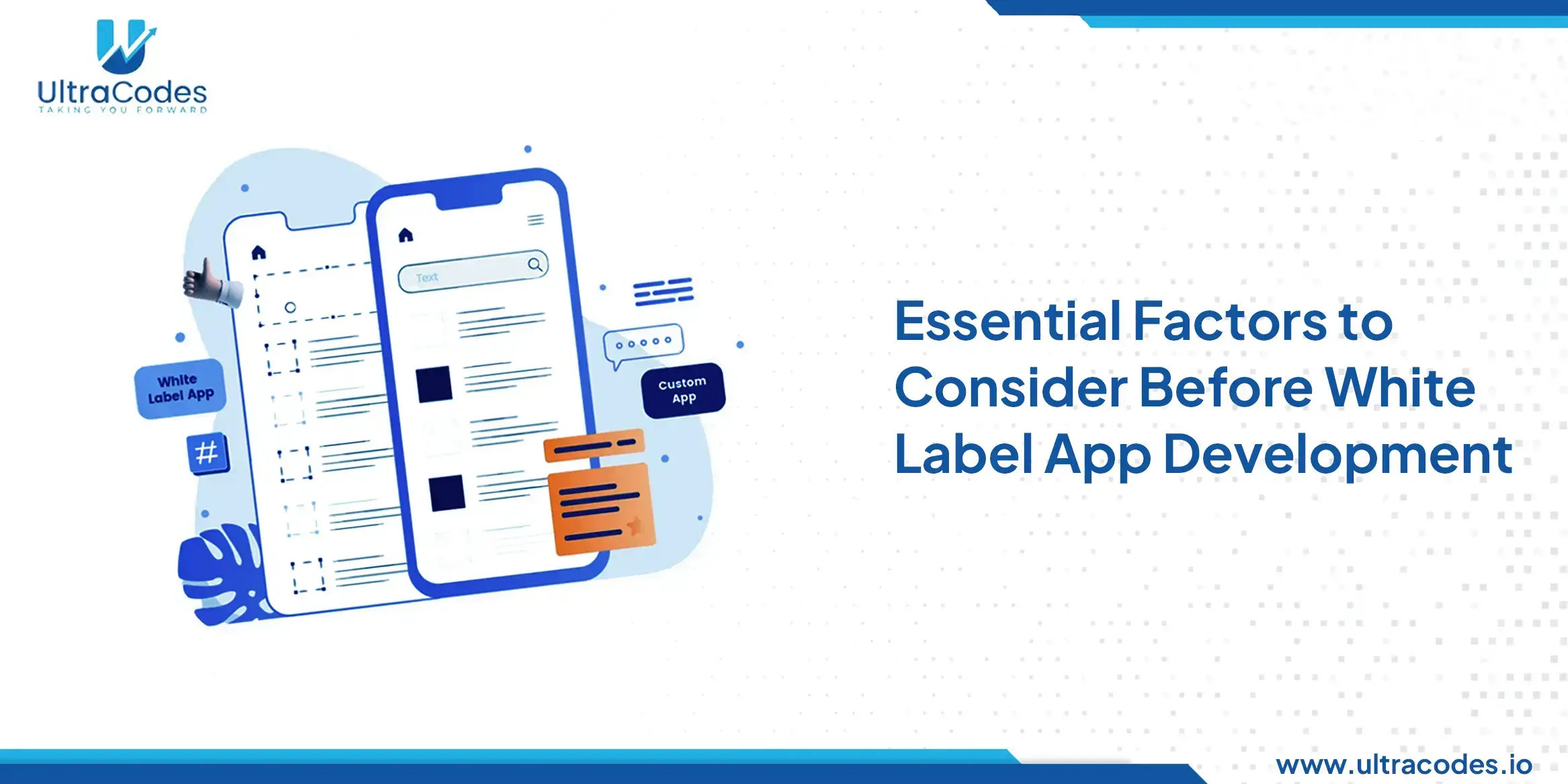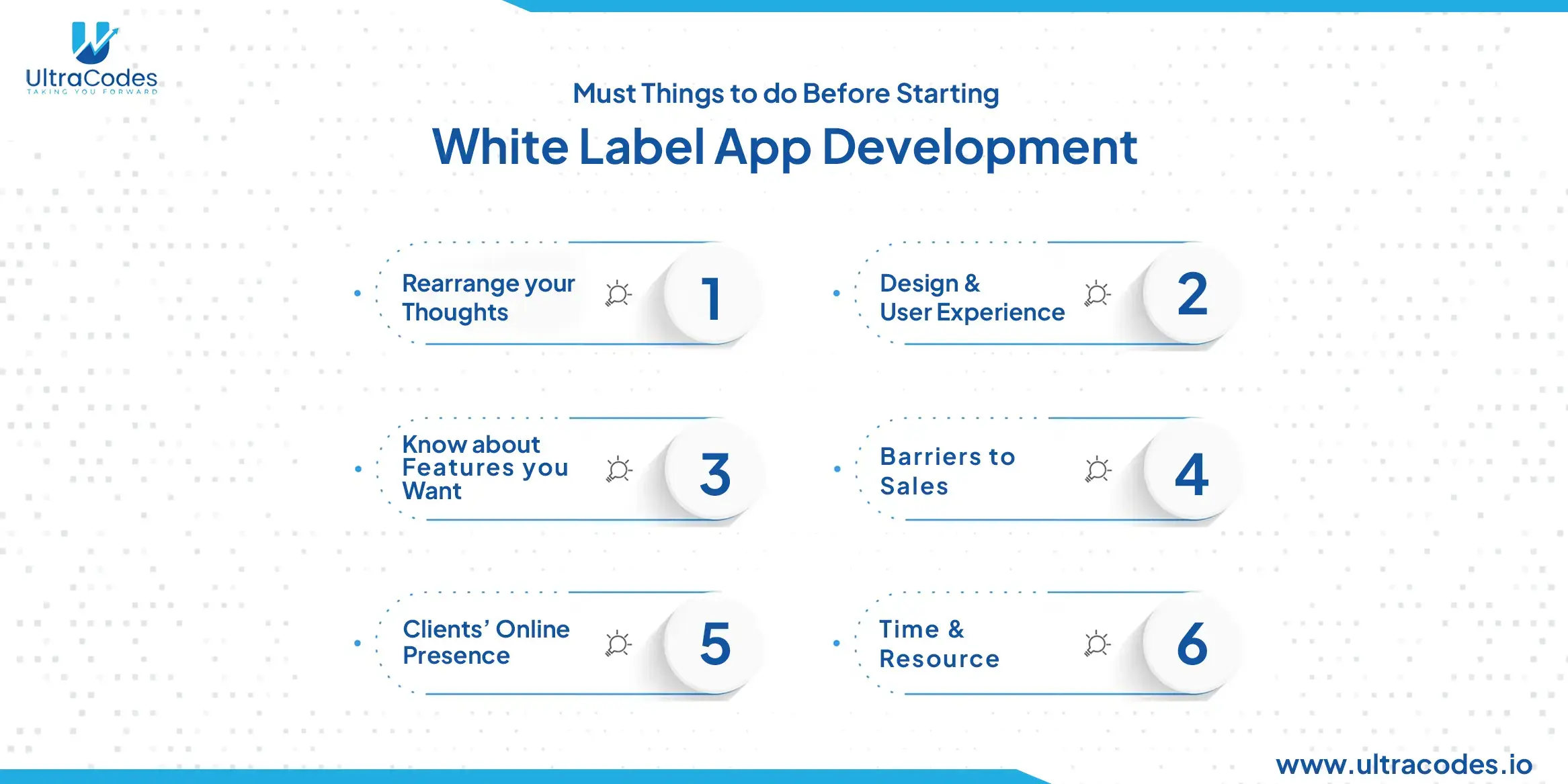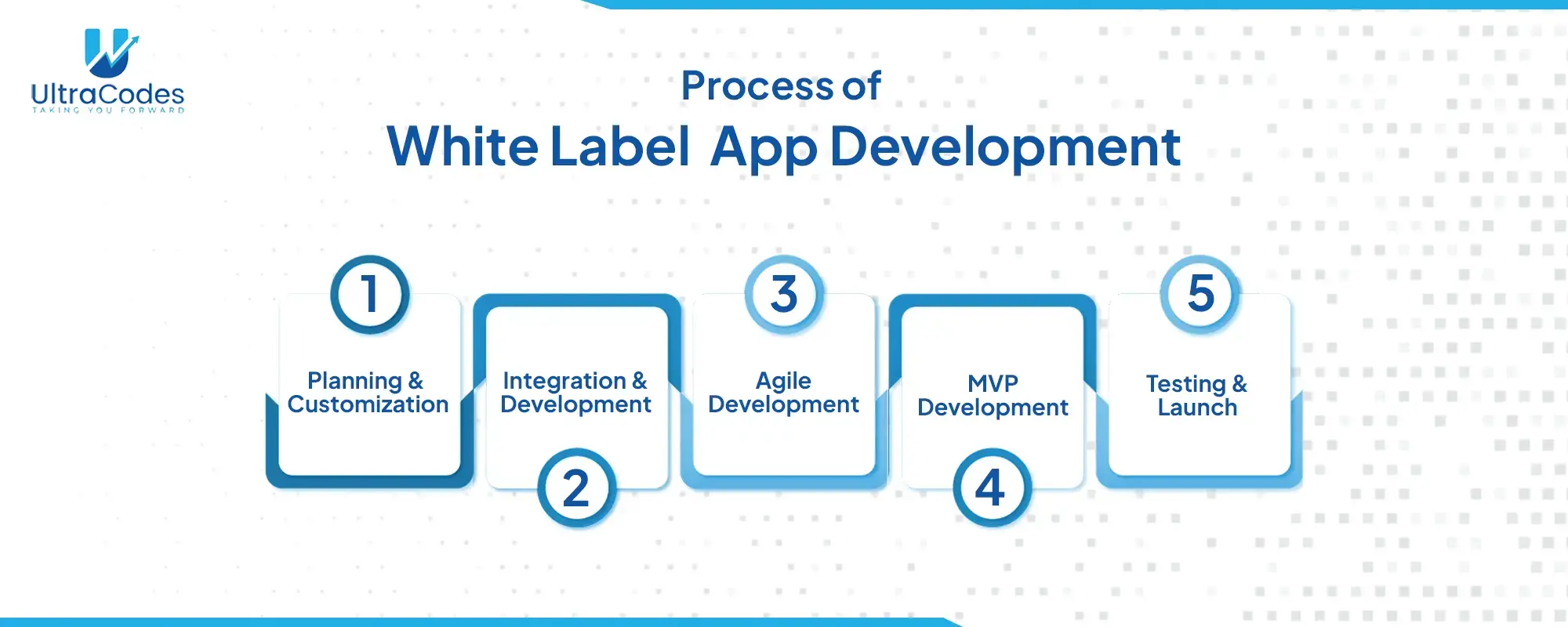In today’s app-driven world, businesses continuously try to seek modern methods to reach customers and enhance their brand experience. White-label app development emerges as a compelling alternative, providing a pre-built platform geared up to be custom designed along with your particular branding and functions. But is it a shortcut to app fulfillment, or are hidden drawbacks lurking underneath the surface?
This article delves deep into the arena of white label app development, revealing the appealing benefits and the potential pitfalls you should not forget. We’ll explore the professionals that trap corporations – quicker time to market, decreased expenses, and the ease of readymade solutions. But be warned, we won’t shy away from exposing the cons – limited customization, potential competition, and vendor dependence.
By the end of this analysis, you may recognize whether white-label app improvement aligns together with your specific need and vision. So, buckle up and get ready to unviel the secrets of this double-edged sword inside the realm of app development!
Understanding the White Label App Development Landscape
A white-label app is a pre-evolved software program solution designed to be customized and rebranded via numerous groups. This gets rid of the need for starting from scratch, presenting the advantage of quicker time-to-marketplace and a decrease in advance fees. White-label app platforms provide diverse answers, from widespread “one-length-fits-all” apps to extra-specialized applications tailored to specific industries.
At the same time, white-label app improvement is reputedly honest and offers a nuanced state of affairs rife with capability pitfalls. On the one hand, it’s a tempting shortcut, offering companies the attraction of a pre-built app answer that is readily customizable with their branding and particular features. This translates to faster marketplace access, reduced improvement fees, and the benefit of leveraging an existing, scalable platform. Imagine launching your on-demand grocery delivery app within months, now not years, without the hefty rate tag of bespoke improvement.
Additionally, white-labeled solutions ensure emblem consistency throughout your product services, fostering patron consideration and popularity.
It is a double-edged sword. While it offers a tempting and doubtlessly valuable, powerful course to app possession, conscientiously comparing your wishes, assets, and vision is vital. Choose a reputable developer with an established report and make sure the level of customisation aligns with your emblem identity. Remember, a quick and cheap app would appear appealing to start with, however, a poorly executed app can harm your brand popularity and ultimately cost you more in the long run.
Embracing the Benefits: What Makes White Label Apps Attractive?
- Faster Time-to-Market: Launching an app in weeks instead of months or years may be a widespread gain, particularly for organisations seeking to capitalise on emerging developments or quickly check a brand-new market.
- Cost-Effectiveness: Compared to custom improvement, white-label apps may be cheaper, specifically for accessible functionalities. However, ongoing customisation and renovation fees ought to be factored in.
- Reduced Development Expertise: Businesses missing in-house developer assets can leverage white-label structures to triumph over technical hurdles and launch an app without sizeable technical expertise.
- Scalability: Some white-label platforms offer built-in scalability functions, permitting your app to adapt to growing personal demand.
Lifting the Veil: Unveiling the Drawbacks of White Label Apps
- Limited Customization: While customisation options exist, the middle functionality and consumer experience regularly remain unchanged, limiting your ability to distinguish your app from competitors.
- Potential Vendor Lock-in: Switching providers or migrating to a custom solution later may be tough and luxurious, making you reliant on the white-label platform’s long-term stability and improvement roadmap.
- Hidden Costs: Be wary of hidden expenses, consisting of customisation prices, ongoing platform subscriptions, and renovation prices, that could erode the initial fee gain.
- Quality Concerns: Not all white-label systems offer equal quality or security standards. Thoroughly evaluate the platform’s reputation, improvement practices, and user critiques before committing.
Is White Label Right for You? Careful Considerations
The suitability of white-label app improvement hinges on your particular wishes and instances. Ask yourself these essential questions:
- What are your unique app necessities? Does the white-label app offer the centre functionality and functions you want?
- How essential is logo differentiation? Are you comfortable with restrained customisation alternatives, or is a completely unique personal experience paramount?
- What is your long-term vision? Do you assume scaling your app extensively? Can the white-label platform guide your increase?
- What are your budgetary constraints? Consider hidden and ongoing charges to ensure the overall price aligns with your budget.
- Do you have in-house information? Can you manipulate simple preservation and troubleshooting, or will you rely closely on the platform’s help?
Beyond the Binary: Exploring Alternative Approaches
Remember, white-label improvement isn’t always the simplest alternative. Consider those alternative procedures based totally on your precise desires:
- Custom App Development: Offers complete control and versatility; however requires greater time, resources, and technical know-how.
- Hybrid Approach: Combines white-label and custom development factors, presenting a little flexibility while leveraging pre-constructed additives.
- Low-code/No-code Platforms: Offer drag-and-drop interfaces to build easy apps without sizeable coding knowledge, but limitations in capability and customization exist.
Real-World Examples: Success Stories and Cautionary Tales
Success Stories:
Airbnb: Initially, they utilized a white-label solution for their core booking functionality, permitting them to launch quickly and iterate based totally on consumer remarks before making an investment in custom development.
Instagram: Started with a white-label image-sharing app that specializes in building its consumer base and community earlier than project the complex custom improvement task.
Dropbox: Leveraged a white-label file synchronization platform in its early stages, permitting them to check the market and refine their imparting before constructing their custom answer.
MySpace: Relied heavily on a white-label platform, making it difficult to evolve and innovate as consumer alternatives and generations developed. Their incapacity to distinguish themselves in the end led to their decline.
Groupon: Initially, they used it for their day-by-day deals service, but they faced limitations in scaling and customization. Later, migrating to a custom answer proved expensive and time-consuming.
BlackBerry: Stuck with a proprietary white-label platform, BlackBerry needed to adapt to the shift toward open-supply systems and person-friendly interfaces, contributing to its decline within the telephone marketplace.
Conclusion
White-label app development shines with its swift launch times and budget-friendly appeal. Businesses can reach their audience quickly and potentially save on development costs. However, it’s no longer a magic jump. Customization is probably restricted, opposition from comparable apps may be fierce, and counting on a supplier for updates can be difficult. While it can be a possible choice for organizations to prioritize velocity and value over massive customization, carefully thinking about your goals and limitations is essential. Choose a reputable developer.
Remember, a short and cheap app might seem attractive to begin with, but a poorly chosen solution can harm your brand and value you greater in the end. Make a knowledgeable choice, weigh the pros and cons cautiously, and chart your app development journey with clean eyes.
The ideal answer aligns together with your finances, timeline, technical understanding, and preference for differentiation, empowering you to release a successful white-label cellular app that resonates with your target market.








